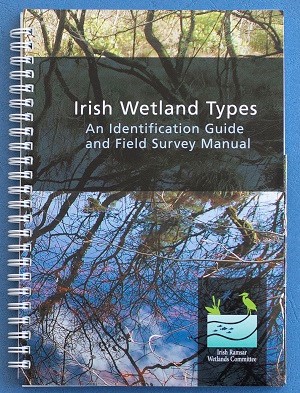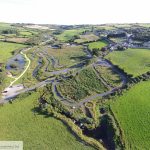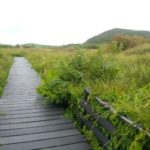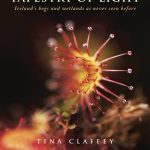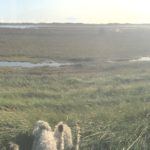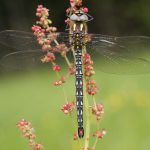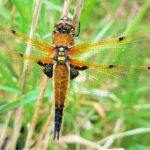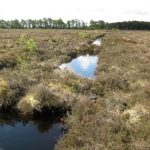Recently published findings in the UN Food and Agriculture Organization’s…
Celebrate World Wetlands Day, 2 February 2021 – events, resources and photo competition
World Wetlands Day marks the date of the adoption of the Convention on Wetlands on 2 February 1971, in the Iranian city of Ramsar on the shores of the Caspian Sea. This year’s theme for World Wetlands Day is Wetlands and Water. Water and wetlands are connected in an inseparable co-existence that is vital to life, our wellbeing and the health of our planet.
This year’s theme shines a spotlight on wetlands as a source of freshwater and encourages actions to restore them and stop their loss.
We are facing a growing global freshwater crisis that threatens people and our planet. We use more freshwater than nature can replenish, and we are destroying the ecosystem that water and all life depend on most – wetlands. World Wetlands Day 2021 is highlighting the contribution of wetlands to the quantity and quality of freshwater on our planet.
Worldwide, up to 87% of our wetlands have been lost since 1700. Wetlands are being lost three times faster than natural forests. Species that depend on wetlands are in serious decline. Since 1970, global declines have affected 81% of inland wetland species and 36% of coastal and marine wetland species.
The wonder of wetlands
- Wildlife needs wetlands to survive and thrive; 40% of all species live or breed in wetlands
- Wetlands absorb and store water, which can can help provide protection from flooding and storms
- Wetlands can help remove pollution from water
- 30% of all the carbon stored on land is stored in wetlands; protecting our wetlands mean this carbon isn’t released into the atmosphere as greenhouse gases which cause climate change
- Wetlands are places for recreation, culture and leisure and provide employment, food and energy
The many wonders of Clara Bog
To celebrate World Wetlands Day 2021, The Irish Ramsar Wetlands Committee has launched the first in a series of new videos telling the story of Irish wetlands. This video is all about Clara Bog:
World Wetlands Day is here! The IRWC is delighted to launch its Irish wetlands video series and photo competition! We hope you enjoy this glimpse of the many wonders of Clara Bog. See https://t.co/DLQFDGtLfQ for more! #WorldWetlandsDay2021 pic.twitter.com/gn0oBwo5Ly
— RamsarIreland (@RamsarIreland) February 2, 2021
Wetlands and Ireland
A combination of geology and abundant rain means Ireland has an extraordinary array of wetlands covering about 20% of the country.
There are many types of wetlands, from lakes, rivers, turloughs, bogs and estuaries to fens, marshes, wet woodlands, heaths and machair.
Machair is a Gaelic word meaning fertile, low-lying grassy plain; ‘machair’ refers to a unique habitat that is one of the rarest in Europe, only occurring on the exposed west-facing shores of Scotland and Ireland.
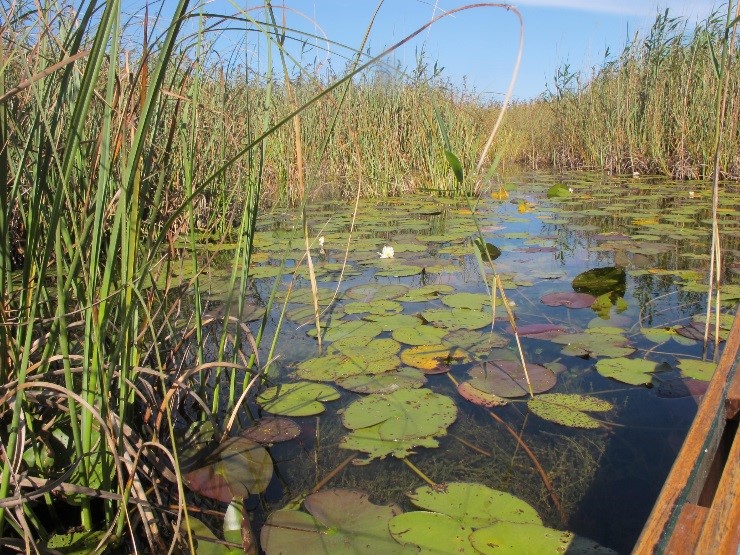
Irish Wetlands and the 50th Anniversary of the Ramsar Convention
45 of Ireland’s wetlands are part of the global network of Ramsar sites. The Ramsar Convention is an international agreement for the conservation and wise use of wetlands, which Ireland has signed. This year marks 50 years since the signing of the Ramsar Convention in Ramsar, Iran on 2 February, 1971.
Ireland’s Ramsar sites are internationally important for their variety of wetland habitats, for wintering and breeding birds and for plants, mammals and invertebrates. Irish Ramsar sites include Tralee Bay, Lough Corrib, Pollardstown Fen, Clara Bog and Coole Lough and Garrlyland Wood. Many other wetlands are protected under EU environmental legislation. Wetlands provide vital ecosystem services which humans depend on.
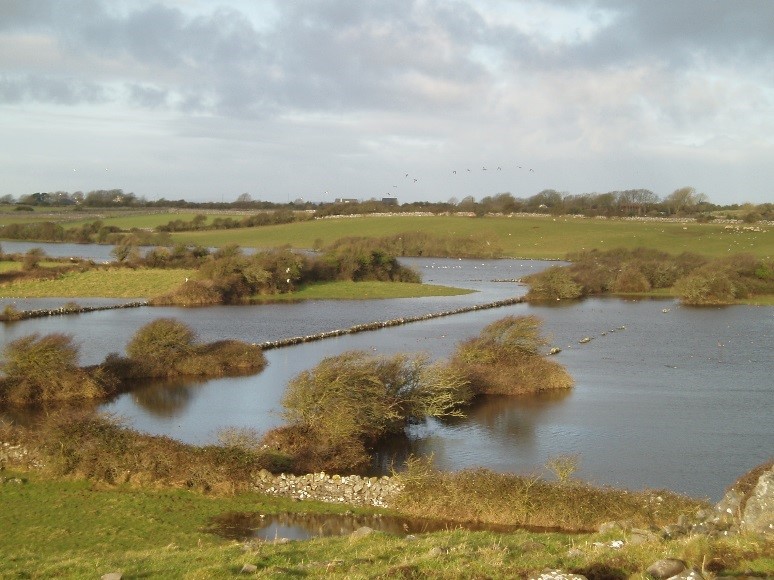
Launch of World Wetlands Day photo competition
To celebrate World Wetlands Day on the 2nd February 2021 and 50 years since the signing of the Ramsar Convention the Irish Ramsar Wetlands Committee and Wetland Surveys Ireland are launching a World Wetlands Day photo competition.
World Wetlands Day celebrations may be different to previous years but this gives us the opportunity to explore the wetland treasures on our doorstep.
Don’t think you have a wetland nearby?
Wetlands come in many forms. They can be small pockets of marshy ground, bog, pool or stream or they can be larger estuaries, lakes, bogs or turloughs. All wetlands and their ecosystems are vital on their own and as part of a wider wetland complex, linked by surface and ground water.
For World Wetlands Day you can take a picture of your local wetland (or the wildlife you find there) and upload it via the Wetland Snapshot App or scan the QR code below.

Join celebrations around Ireland for World Wetlands Day on 2 February 2021
2pm Learn about blanket bog on a livestream from Sliabh Beagh
Join Dr Rory Sheehan and Paul Sherlock broadcasting live from the slopes of Sliabh Beagh. Discover how the blanket bog of the mountain formed, and how it can be re-wetted using drain blocking and find out some of the unique wildlife of the bog. There will be a live questions and answers. This event will be streamed on the CANN Project Twitter: https://twitter.com/thecannproject
7pm Launch of Stories from the Waterside website
Stories from the waterside was a writing competition held last May during lockdown. The Local Authority Waters Programme received almost 500 stories from across the island of Ireland and even from abroad. Some authors will read their stories at this informal event hosted by popular radio presenter Jim Finn. There will be conversation about the background to the stories and people’s connections with water and nature. Anyone can attend the event online by registering at https://www.eventbrite.ie/e/world-wetlands-day-2021-tickets-137399318059
7pm Launch of Cork Otters, a short film
Cork Nature Network is delighted to announce the online premiere of our short film Cork Otters. The free screening will be followed by a panel discussion at 7:00pm on February 2nd. Anyone can attend the event online by registering at https://www.eventbrite.ie/e/cork-otters-tickets-137188798389
8pm Webinar of wetland sites in counties Laois and Offaly
The Irish Wildlife Trust Laois-Offaly Branch and Abbeyleix Bog Project invites you to this online events to discover some of the wetland sites in counties Laois and Offaly to celebrate World Wetlands Day 2021. Anyone can attend the event online by registering at https://www.eventbrite.ie/e/celebrating-the-wetland-sites-of-laois-and-offaly-tickets-137073684079
Celebrating Castlecomer’s Wetlands with Castlecomer Tidy Towns
Castlecomer Tidy Towns will be launching a short video on their Facebook that celebrates some of Castlecomer’s Wetland wonders from the Silvery Deen to the Rock of Foyle waterfall and some of the fauna & flora that they support: https://www.facebook.com/Tidy-Town-Castlecomer-101160998325017
Waterford’s Wetland Wildlife
Wetlands of Leitrim

Farming and Wetlands
Wetlands are areas where water has a major influence on the soil, associated plant and animal life, and on the farming system. They include floodplains and wet grasslands as well as lakes, rivers, ponds, swamps and bogs.
By their nature, wetlands often remain unimproved – never reseeded or heavily fertilised, these vital parts of the landscape are now ever more appreciated and valued.
Being guardians of so many of these special habitats, farmers have a key role in the wise use of wetlands.
Irish Wetland Types – identification guide and field survey manual
The Irish RAMSAR Wetlands Committee (IRWC) launched its very own wetland guide for Ireland in May 2018. The manual was developed from a project previously commissioned by Scotland & Northern Ireland Forum for Environmental Research (SNIFFER) and funded by the Scottish Environment Protection agency (SEPA).
This Ireland version of the manual was produced by the Irish Ramsar Wetlands Committee (IRWC) and published by the Environmental Protection Agency (EPA). The guide has information for the non-specialist about the different types of wetlands in Ireland and how to identify them in the field.
The guide is conveniently sized for taking into the field. It is 92 pages long, illustrated with lots of high-quality images.
Learn more:
Twitter: @RamsarIreland



